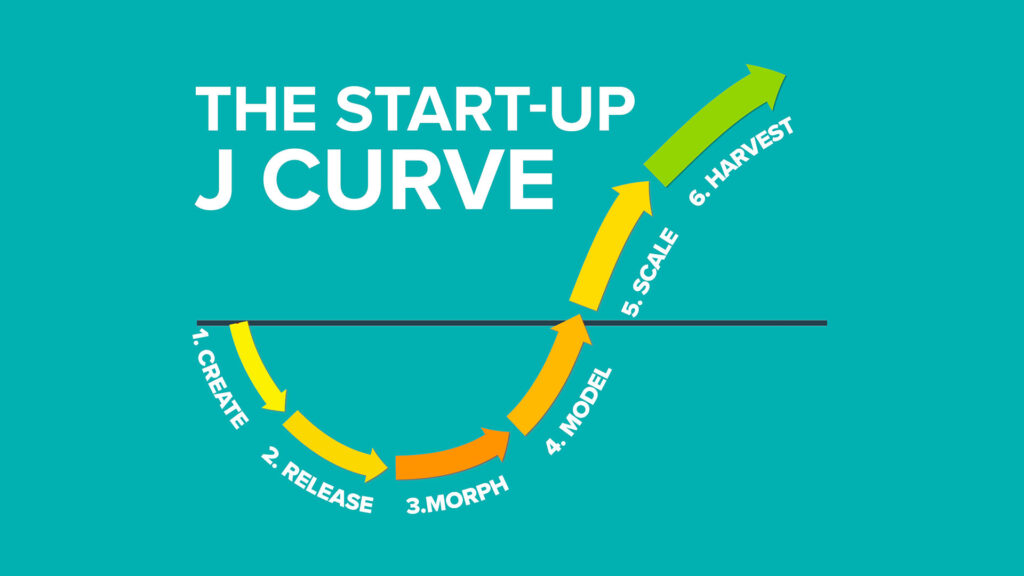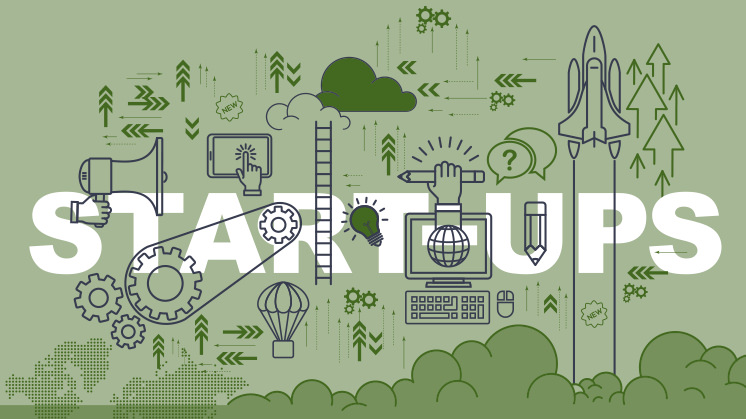
The Startup J-Curve
The Startup J-Curve https://theraise.eu/wp-content/uploads/2024/04/the-startup-j-curve-infographic-1024x576.jpg 1024 576 RAISE fosters startup growth and scale-up within and across Europe RAISE fosters startup growth and scale-up within and across Europe https://theraise.eu/wp-content/uploads/2024/04/the-startup-j-curve-infographic-1024x576.jpgLaunching a start-up is a thrilling endeavor, but the road to success is paved with challenges and uncertainties. While many aspiring entrepreneurs are aware of the high failure rate among start-ups, what often goes unnoticed is the significant transformations successful ventures undergo to achieve their goals.
In his book “The Start-Up J Curve,” entrepreneur Howard Love explores the predictable pattern that many start-ups follow as they progress from inception to success. By understanding this pattern, entrepreneurs can better navigate the ups and downs of the entrepreneurial journey and capitalize on opportunities for growth.
The Start-Up J Curve outlines six distinct phases of the start-up journey:
- Create
- Release
- Morph
- Model
- Scale
- Harvest
Each phase presents its own set of challenges and requires a unique focus to overcome them successfully.
The journey begins with the Create phase, where entrepreneurs harness their unbridled optimism to develop their initial idea, assemble a team, and secure funding. However, it’s crucial to recognize that the idea itself is just a hypothesis, and flexibility is key to adapting to changing circumstances.
In the Release phase, entrepreneurs must overcome practical and psychological barriers to bring their product or service to market. Embracing a minimum viable product (MVP) model and soliciting early feedback are essential steps in validating the idea and gathering valuable insights from customers.
As the start-up progresses, it enters the Morph phase, where significant changes may be necessary to achieve meaningful customer traction. This phase requires entrepreneurs to iterate on their initial concept based on feedback and reimagine their product or business model as needed.
Once the product-market fit is established, the Model phase focuses on refining the business model to ensure sustainable profitability. This involves identifying revenue streams, optimizing margins, and scaling operations to capitalize on growth opportunities.
With a solid foundation in place, the Scale phase is where the start-up accelerates its growth trajectory by assembling the right team, implementing efficient processes, and securing additional funding. Sales and marketing become key drivers of growth as the company expands its market reach.
Finally, the Harvest phase marks the culmination of the start-up journey, where entrepreneurs reap the rewards of their hard work and strategic decisions. Whether through an IPO, acquisition, or other means, the goal is to capitalize on the value created by the business and provide returns to shareholders.
While the Start-Up J Curve provides a roadmap for navigating the entrepreneurial rollercoaster, it’s essential to avoid common pitfalls along the way. Two of the most common mistakes include focusing on the business model before validating the product and scaling prematurely before achieving product-market fit.
By understanding the phases of the Start-Up J Curve and adopting a strategic approach to each stage of the journey, entrepreneurs can increase their chances of success and realize their vision for their start-up.
Photo via Rick Kettner
- Posted In:
- Startup News




